This was published 2 years ago
The 10 world famous landmarks that are really hard to reach
By David Whitley
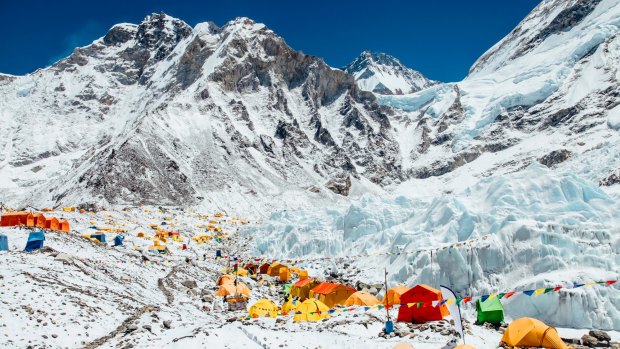
Mount Everest Base Camp.Credit: iStock
Most of the world's great sights, whether Niagara Falls, the Great Barrier Reef or the Eiffel Tower, are pretty easy to get to. The accessibility is a major part of what makes them big attractions. However, not all world famous landmarks are easy to reach. Some require extraordinary amounts of effort, and others are effectively impossible…
Mount Everest
Where? Nepal
To get to Everest, you need to fly into Kathmandu, take a connecting flight to the Himalayan airport of Lukla, then trek 65 kilometres through a mountain valley. And that only gets you to the Everest base camp. If you want to climb the world's highest mountain, a whole lot more training, money and expertise is required. Intrepid Travel runs 15-day trekking trips for anyone wanting to reach Base Camp. See intrepidtravel.com
Angel Falls
Where? Venezuela
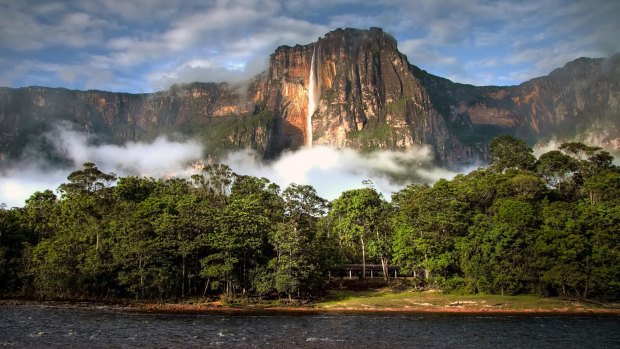
The world's tallest waterfall is in Venezuela, which isn't exactly the most visitor-friendly place at the moment. What's more, it's deep in the jungles of Venezuela, in the Canaima National Park. Canaima is the nearest town, but there are no direct flights from Caracas, so you have to go via Puerto Ordaz or Ciudad Bolívar. Then you have to take a trip along the river, and water levels are only high enough to make this possible during certain months of the year – usually June to November.
Heart Reef
Where? Queensland
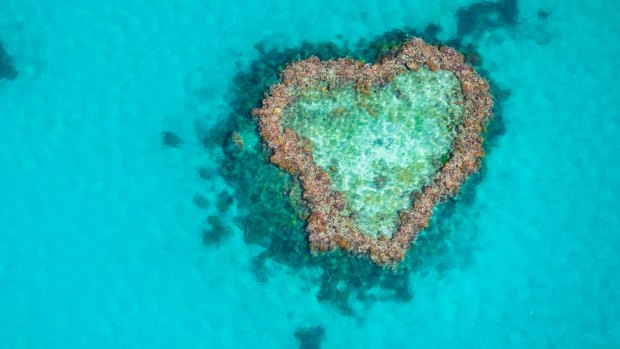
Credit: Andrew Robins/iStock
Heart Reef has become the marketing symbol of the Great Barrier Reef. But you can generally only see it on a fly-over from Hamilton Island or Proserpine. It's part of the Hardy Reef, on the outer reef annoyingly far away from the more accessible Whitsunday Islands. Hamilton Island has now created a tour that allows you to get closer – a helicopter tour to a private pontoon moored next to Heart Reef. But you still can't properly clamber on the reef itself. See hamiltonisland.com.au
The Great Mosque
Where? Mecca, Saudi Arabia
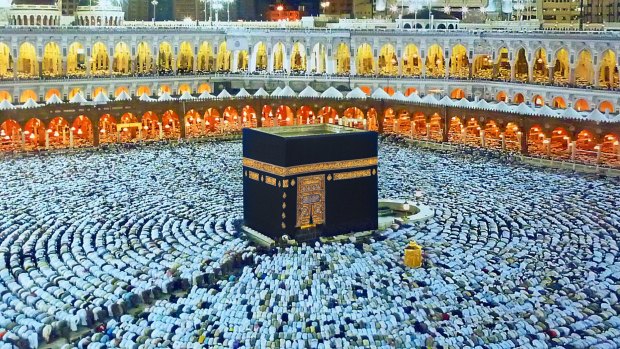
Visiting the Great Mosque, the most holy site in Islam, is reasonably easy if you're Muslim. In fact, several specialist tour operators concentrate solely on Hajj tours to Mecca. Non-Muslims, however, are not allowed into Mecca at all, with the Great Mosque being particularly strictly off-limits. And Saudi Arabia is not the sort of place where you want to risk an encounter with the police by trying it on.
The White House
Where? Washington DC, US
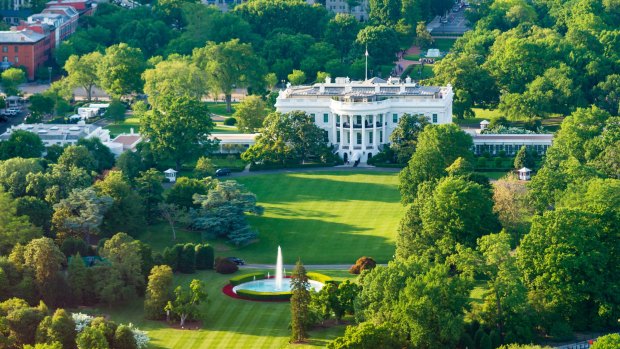
It's easy enough to peer at the White House, but to go inside, you need to be on a tour. And there are limited places on those tours. American citizens need to request a place on the tour via their member of Congress at least 21 days in advance. Non-citizens have it even harder, though – they need to go via their embassy and hope a member of staff is willing to jump through hoops to make it happen. See nps.gov/whho
Area 51
Where? Nevada, US
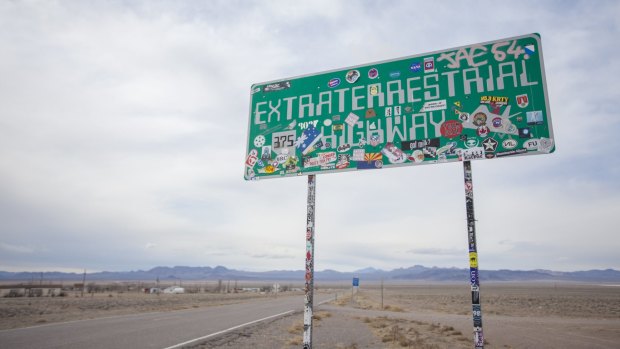
If you think it's hard to get into the places the Americans do want you to know about, just try getting into the places they want to keep secret. Area 51 is notorious, and the hub of many a conspiracy theory. It exists in the Nevada desert, well away from any roads and deliberately left off maps. Don't expect too warm a welcome if you head in search of aliens in an offroad vehicle.
Machu Picchu
Where? Peru
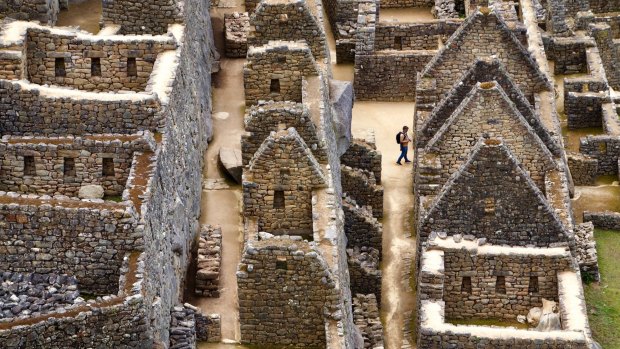
Perhaps the most famously difficult landmark to get to is Machu Picchu. The trek through the Andes to the lost Incan city has become such a rite of passage that numbers have been limited. The Inca Trail is 42 kilometres long, and the trek to Machu Picchu usually takes four days and three nights. G Adventures is among the companies offering tours from the mountain base city of Cusco. (There is an easier way to get there, via train from Cusco to the nearby town of Aguas Caliantes, but where's the fun in that?) See gadventures.com
The South Pole
Where? Antarctica
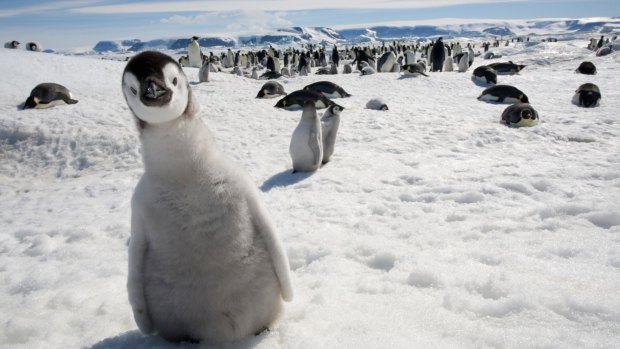
Credit: iStock
There is a camp at the South Pole, the result of more than a century of brave explorers trying to reach Earth's most southerly point. But you're going to have to be very fit, hardy and wealthy to get there. Icetrek organises various expeditions, and it costs more than $US50,000 to fly there. And that's after getting to Punta Arenas in Chile. Do it the hard way by ski, and you'll be spending days trudging across the frozen Antarctic wasteland. See icetrek.com
The Lascaux Caves
Where? France
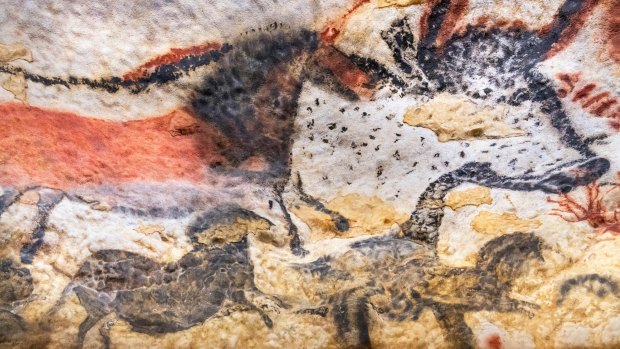
The Lascaux Caves in the Dordogne region of France are home to perhaps the world's most famous cave paintings. Hundreds of Paleolithic era paintings were found back in 1940, but as soon as people started visiting, the condition of the paintings notably deteriorated. Humans brought carbon dioxide, humidity and other contaminants. So the caves were quickly shut, and the closest you're allowed to get to them are the blow-by-blow replica caves installed as a museum nearby. See Lascaux.fr
The Moai
Where? Easter Island
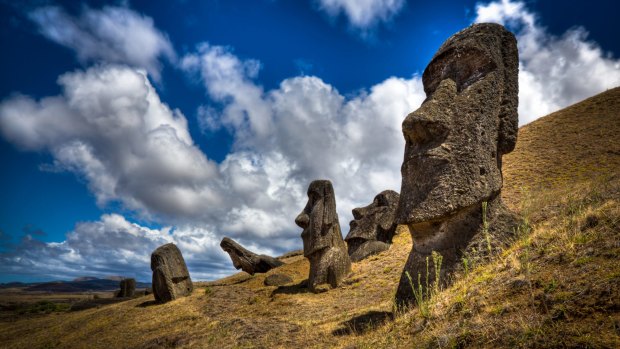
Easter Island is one of the most remote islands on the planet, and it's home to the most remote airport on Earth. To fly into Easter Island, you have to go to Chile first, and take the LAN flight from Santiago. Once eventually there, there are almost 1000 Moai statues to see. But they're not exactly poolside at the hotel – you often have to clamber up hillsides to see them.
The writer has been the guest of tourist boards in Queensland, France, Washington DC and Nevada.
See also The world's 10 most extraordinary tunnels
See also Trading taste for tat: The world's 10 tackiest streets
Sign up for the Traveller newsletter
The latest travel news, tips and inspiration delivered to your inbox. Sign up now.